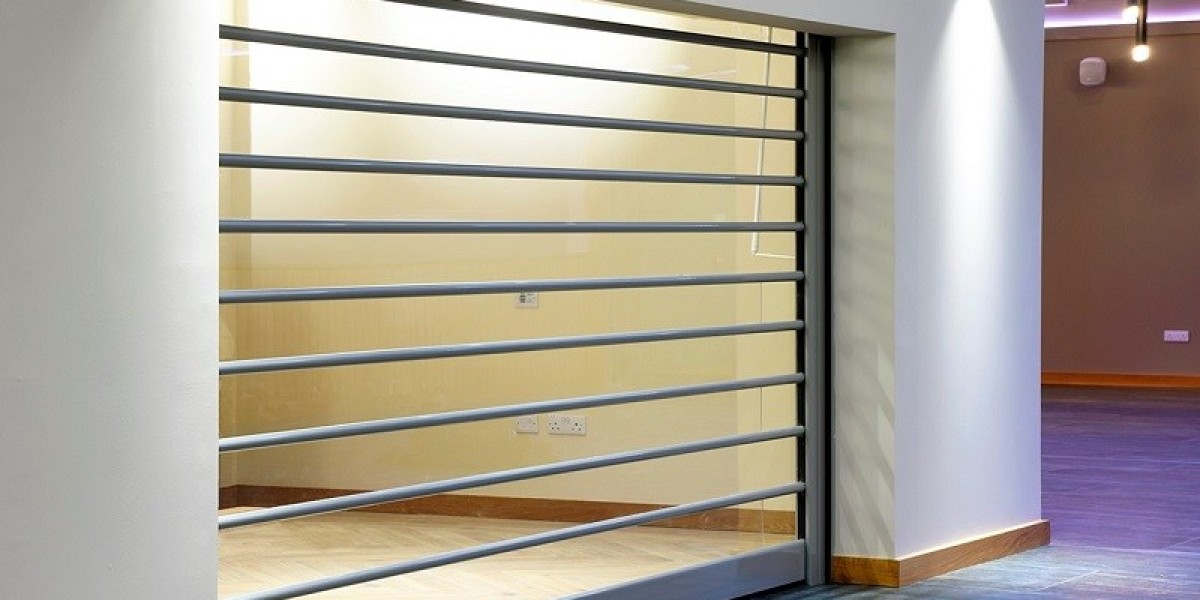Fire is a common factor to any place of work; not one of us is immune or can ignore fire safety in either our homes or workplaces.
British Law now requires a specific Fire Risk Assessment be conducted for the workplace which will be the first stage in assessing our existing fire safety precautions and where we can make improvements.
In simple terms we can say that Fire Safety has a number of factors:
Preventing a fire starting
If a fire does happen ensuring that its contained to ensure people can escape and hopefully minimise damage to the building and equipment
Ensuring that the fire can be detected - giving everyone a greater chance to escape
Ensuring that you have adequate fire emergency procedures
Means of fire fighting - in general its unwise to encourage staff to fight fires - but automatic sprinklers not only fight the fire but help reduce fore spread and give people more escape time.
Fire Prevention: This is the key stage - ensuring people can escape has equal weight - but if we can stop a fire beginning the risks are vastly reduced.
Fire prevention is more complex than we can cover in a brief article - but the primary and obvious controls are to ensure you manage sources of heat, manage flammable fire shutters materials and combustible materials in the workplace.
Smoking is obviously outlawed at work at a near global level today so many of the old causes are no longer a factor.
Heat sources - especially those with an open flame such as space heaters - need to be controlled - they obviously need be kept away from anything flammable or combustible.
Flammable items (those with a hazard warning symbol on them plus most aerosols) need care as they can ignite without a flame - so they need to be kept in cool and safe places. They should be kept in suitable containers and only minimal quantities kept in the work area - stocks should be kept in Flammable Cabinets.
Ensure electrics are in good repair and correctly fused - PAT testing helps ensures this. It's important you don't overload sockets and keep equipment clear of paper and even dust in the longer term
Stopping Fire Spread:
The actions that help stop fires starting also help reduce the risks if a fire does start.
· Experts refer to Fire Loading - meaning how much stuff will burn in a building. The more things than can burn the higher the fire loading. Timber, cables, paper need a flame or extreme heat to ignite - but if a fire starts will feed that fire and encourage fire to grow; thus the more combustible items on site the more important it is to find other ways of reducing the spread of fire.
· Housekeeping helps - tidy stacks with walkways between do reduce fire spread to a degree
· Fire Walls are normally designed into buildings - be they brick or good plasterboard - they will help contain fire in one area - but not if you've drilled holes or put new and unsuitable doors into them.
· Fire Doors - are there to help contain fires - they work by sitting in fire walls and containing a fire to a smaller area for 30 minutes or more. It's important these are kept closed or have automatic closing devices fitted. If they're left open fire will simply spread through them and rather reduce your safety and massively reduce the time to evacuate safely.
· Fire Shutters: In large retail spaces, high risk areas and warehouses fire shutters replace fire doors - these operate either when the alarm is triggered or when the heat reaches a very high level. It's important these are kept clear at all times.
· Sprinkler Systems: These once triggered help control or even extinguish a fire.
Fire Detection:
Automatic systems help reduce fore risks as they work 24 hours a day and should cover the entire workplace - they need to be maintained on a regular basis - at least annually.
Call Points - the break glass fire call points should be distributed throughout a building and also every fire exit should have a break glass point next to it - in the event of a fire this allows people to warn you a fire has occurred. Again these should be checked and tested at regular intervals.
Fire Evacuation:
Once a fire alarm is triggered it's vital staff and visitors can escape - and indeed do escape. There are maximum distances set depending on various factors - and this may need expert advice if you're in doubt.
But working through the basics:
· In general you should always have an option of two exit routes - if one is blocked by fire you have a second option. Not all older buildings have this.
· Make sure any exit route is clear and available - they should be walked and checked weekly to make sure nothings blocked or locked. Equally given they exist to allow you to escape you should question whether it's wise to store things in these.
· Fire exits from any floor should lead onto a protected route - these are areas that once you're in is relatively safe - thus they will always have at least one set of fire doors leading into them and usually sit with fire walls surrounding them - this means staff and visitors have 30 or more minutes to escape from the building to the outside
· Fire Drills - allow people to understand what to do in the event of a fire; together with briefings, they are your fire training strategy. Fire Drills are required at least every 6 months and must be recorded.
· You need a system of making sure everyone is clear. Old fashioned roll calls have their value especially in smaller companies but are limited in larger companies or where visitors are frequent. Fire Wardens tend to be a more effective solution - although they must be trained and clearly briefed on their responsibilities. They in simple terms sweep their building to confirm everyone has left and then report to the person in charge or the Fire Brigade.
There are more complex systems available such as Smoke Vents that can increase the safe evacuation period but do require experts to help design and install.
Fire Fighting:
These can be vital to fire safety but equally in most cases you should be aiming to evacuate staff not encourage them to fight fires. Now sprinklers are automatic and do not require human input making them a very safe option.
· Fire extinguishers need to be positioned at regular intervals - but again every fire exit should have two extinguishers clearly positioned at them. These need to be maintained and records held
· Fire Hoses can have their value - but again need training to use effectively and safely and again need maintaining.
Fire risk assessment allows you to fully consider all the factors and determine a suitable set of precautions; for small business this can be done quite quickly using resources available from your local Brigade, larger business may benefit from general advice and assistance often by your safety advisor or consultant - but more complex business will need specialist fire advice and there are many companies providing this following recent legal changes that moved the onus from the local Brigade to the company themselves.








